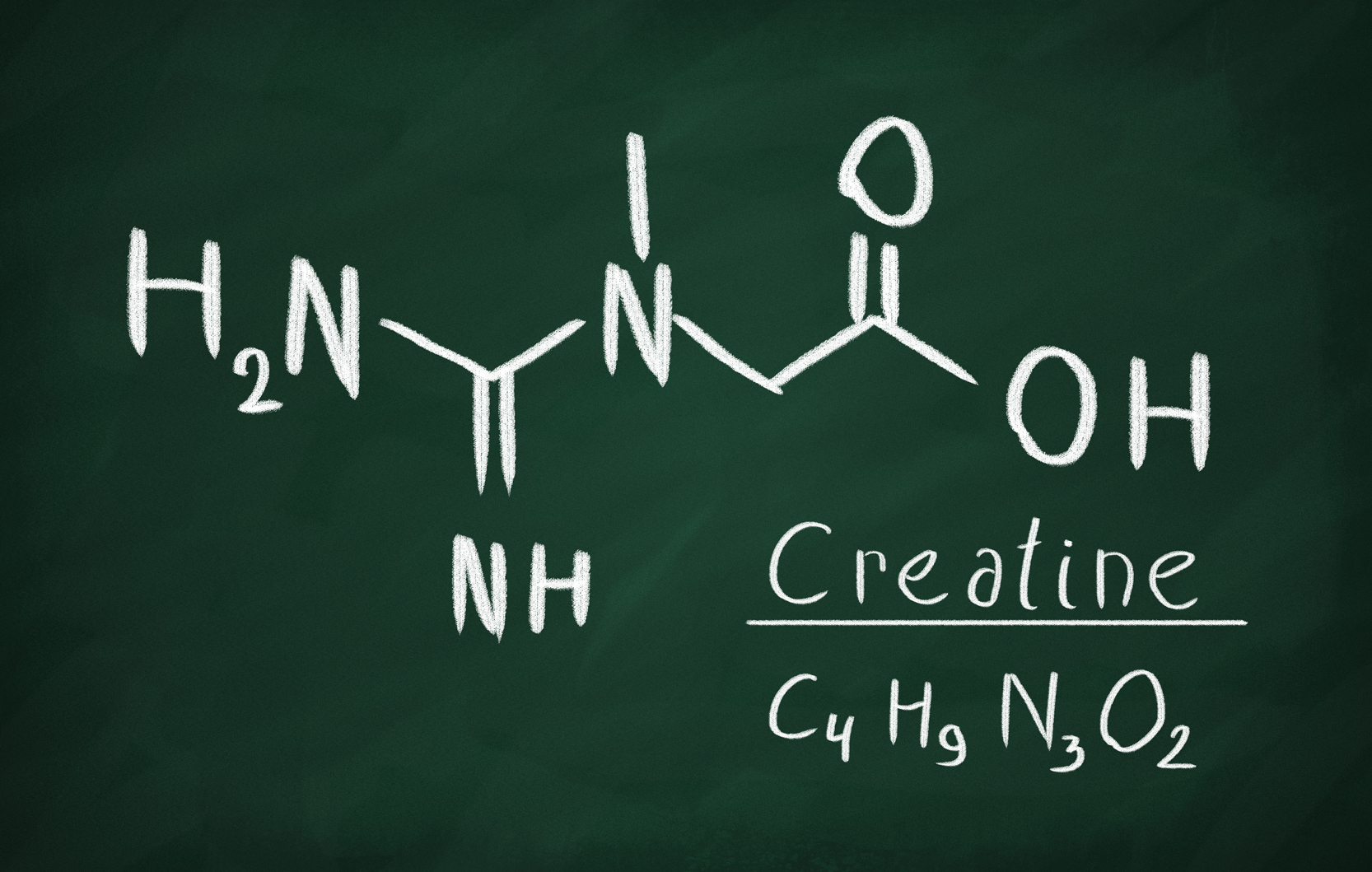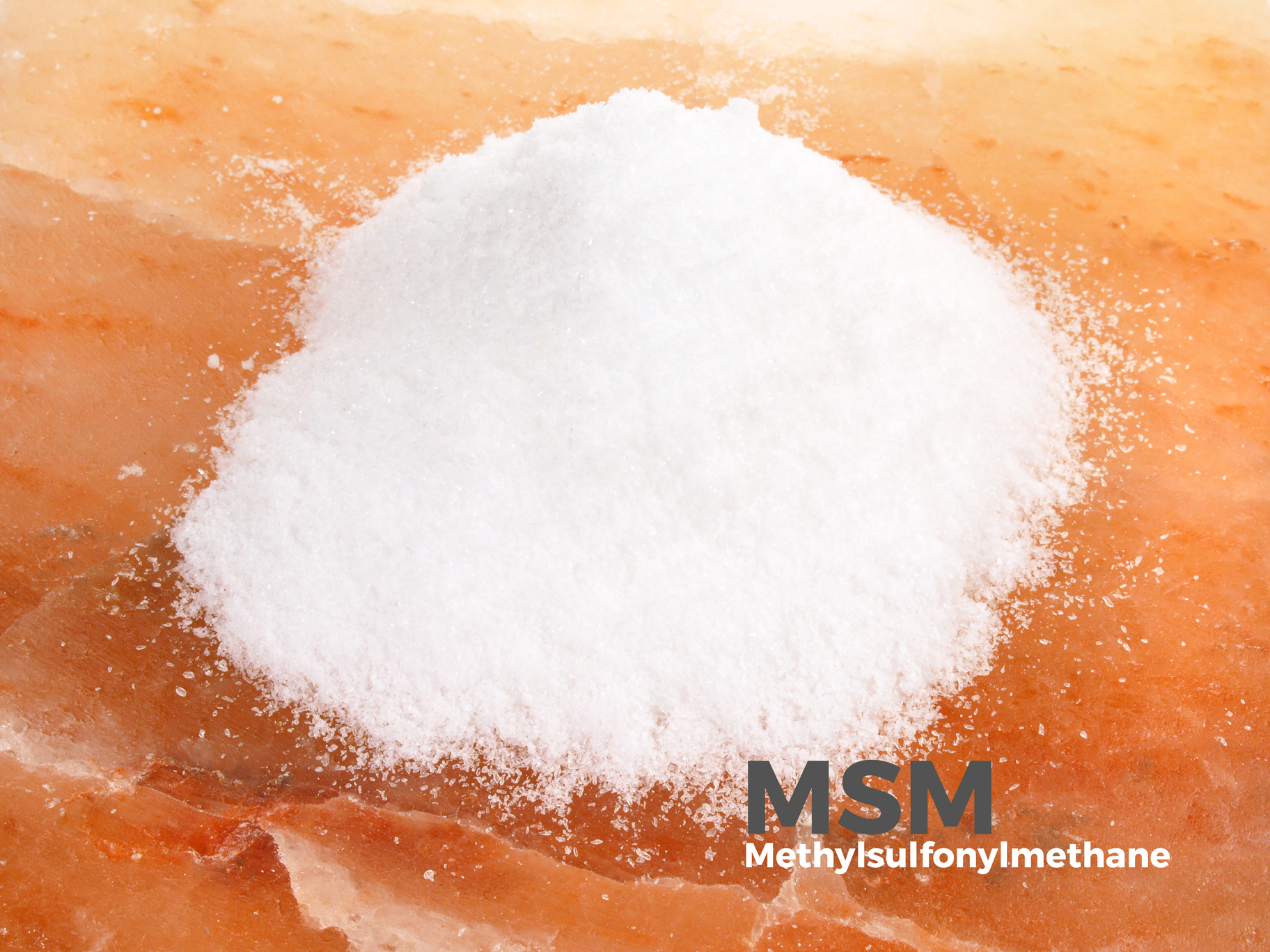When it comes to losing body weight in the form of fat mass, what is the tease when dealing with Garcinia cambogia, a natural supplement derived from the Malabar Tamarind? In Part 1 of our series assessing the utility of Garcinia, we emphasized strongly the widespread recognition that Garcinia cambogia has had long staying power as an over-the-counter weight-losing item and that this realistically implies that it “works”, at least in some cases. Yet, we hasten to add that within the lifespan of Garcinia recognition there has been much tribulation concerning its weight loss potential – one problem being that clinical studies; and for that matter, public utilization have resulted in both positive and negative outcomes.
At the end of the initial part one Garcinia article referred to above, we succinctly provided a brief answer to that specific query knowing that a more exacting future clarification would be necessary. The short answer given was that the following necessities were often not considered in carrying out the particular regimens: 1) working with an active form, 2) taking an adequate dose, and 3) dosing in a correct manner.

The consideration for obtaining an active, reliable Garcinia product has been plagued by two key issues. To begin with, the quality of many Garcinia products available on the market is questionable. Not too long ago, this particular supplement underwent closer scrutiny. Based upon label claims, Consumerlab.com found that amongst 11 Garcinia products selected for analysis, only five contained their labeled amounts of hydroxycitric acid (HCA), the active ingredient in Garcinia. If the nature of the stabilization is taken into account, the total of acceptable products is still lower. What do we mean by using the term, “stabilization?”
HCA has two formulas due to the lack of stabilization. The first form is the desirable free HCA which is the less stable and much more absorbable than its other form. That second form is essentially an inactive formula of HCA, i.e., HCA lactone. Unfortunately, the active form has a tendency to revert to the more stable but inactive lactone form if not handled properly. Suffice it to say, the passing of time can bring about inactivation of Garcinia extract via lactone formation, particularly if the powder is dissolved in fluid. While one can readily discover via the label concerning how much HCA is present in the preparations, the quantity present as inactive HCA lactone is characteristically omitted. Another problem may appear, because not many manufacturers warn that HCA easily binds to foods as well as to many additional dietary supplements if consumed within a short while of each other.
There is a solution to the “stabilizing problem.” Converting the acid HCA to an HCA “salt” by adding alkaline material reduces lactone formation and also helpfully prevents HCA from being bound to other items in the gut. Accordingly, in todays standard preparations, the free acid becomes a calcium (Ca), potassium (K) and/or magnesium (Mg) salt. Ca is the usual salt form, but, unfortunately, in this form, it is poorly bioavailable which necessitates extremely high doses to make it even minimally active.

With Garcinia cambogia extracts, K yields an HCA salt that is more bioavailable than Mg, and Mg yields an HCA salt more bioavailable than the one based on Ca. Thus, greater physiologic activity is exhibited by stabilized extracts, as the counter ions in HCA salts increasingly are restricted to K and/or K plus Mg. Obviously, it is very valuable in estimating the worth of a Garcinia extract to know the characteristics of the salt makeup.
In closing part 2 of this report on Garcinia, the above fact is worth repeating: the poorer the bioavailability, the larger the dose needed for efficacy, because as we will point out in the next report under-dosing will defeat the reason for taking the supplement. A second issue that comes up constantly with the use of Garcinia cambogia extract for weight loss involves the ability of the individual to carry out the protocol properly. Discussion on this last issue will be the major focus in the next report, part 3.






